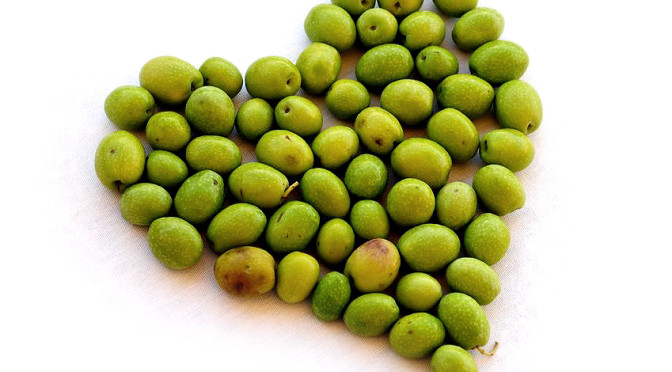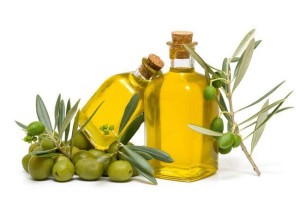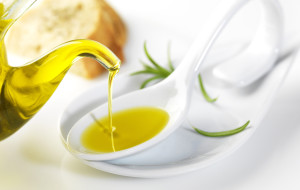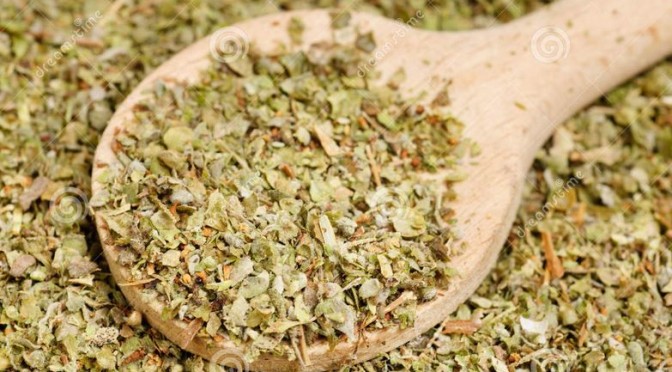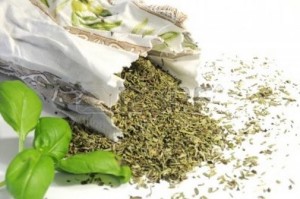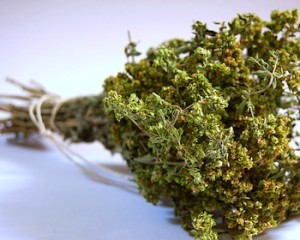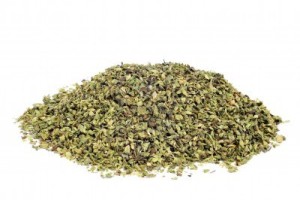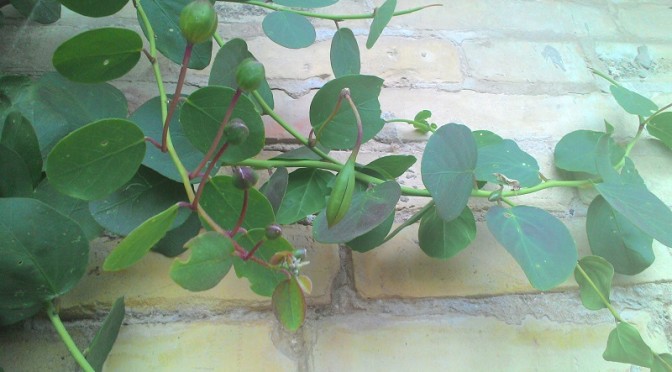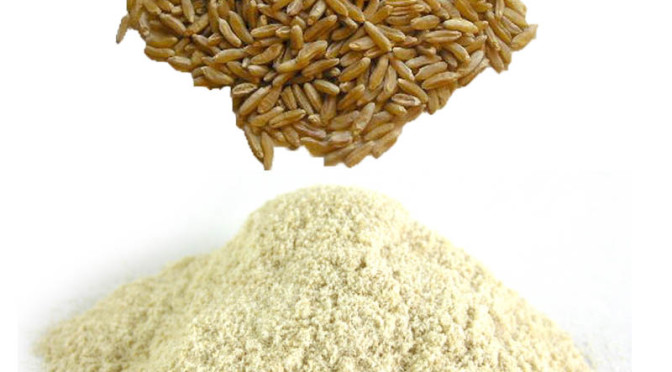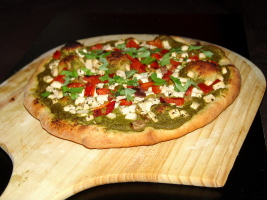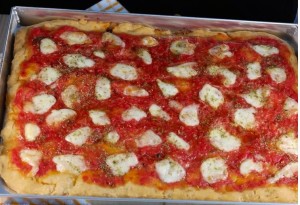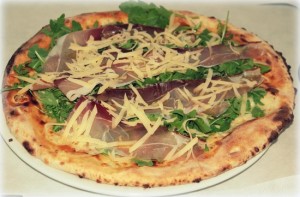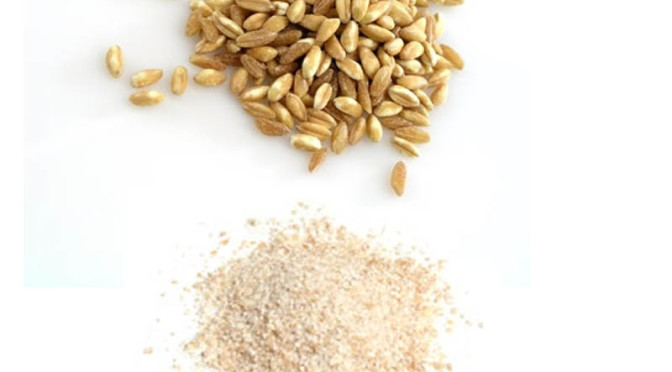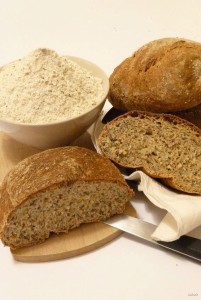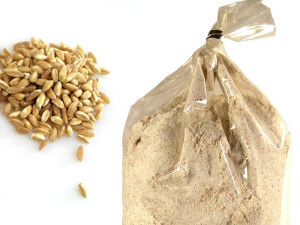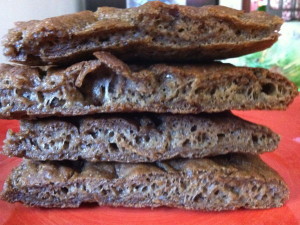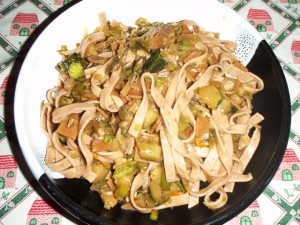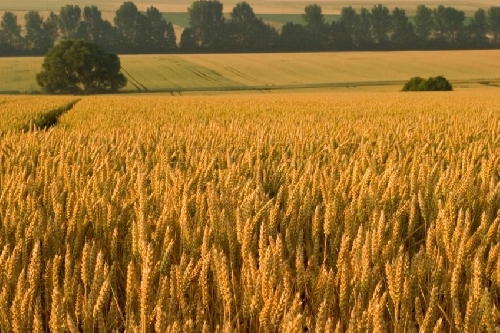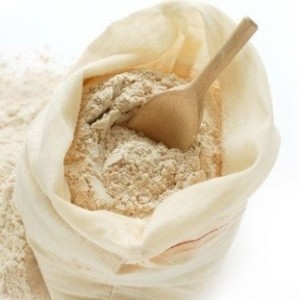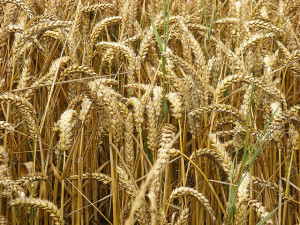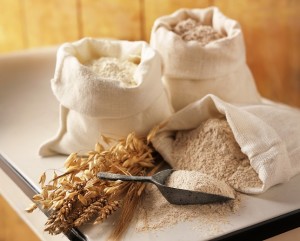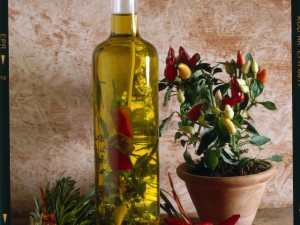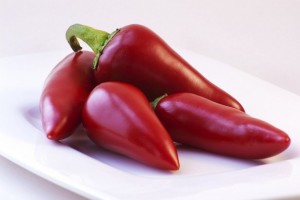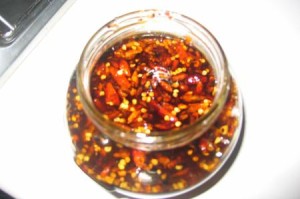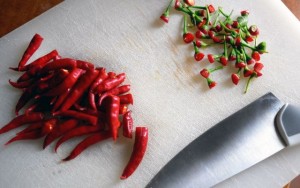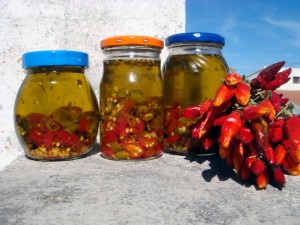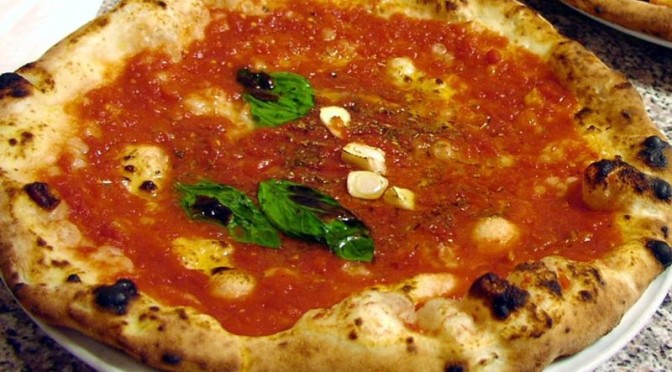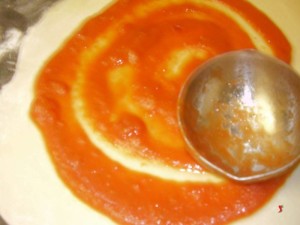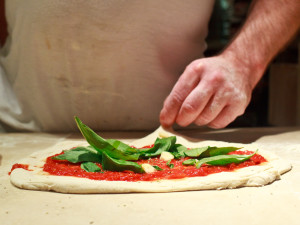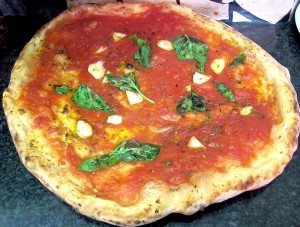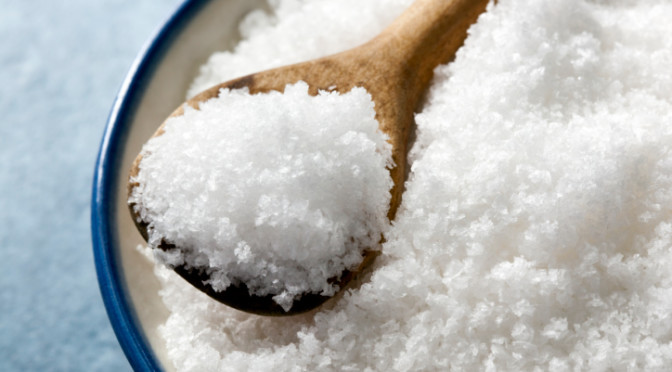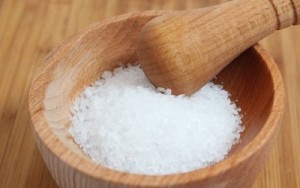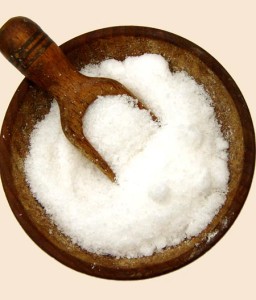Preparation Oil Rosemary Mediterranean
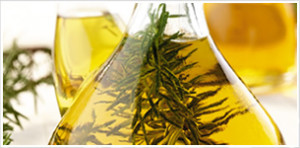
Among the aromatic oils often used in cooking but especially in pizzeria is highly valued rosemary oil. Easy to prepare at home and always present on the table pizza. Serve a customer a focaccia and add an extra virgin olive oil flavored with rosemary is the trick used by many pizza makers to improve the taste of their pizzas.
The process for the preparation of oil to the Mediterranean rosemary is simple and quick and will take away only a few tens of minutes.
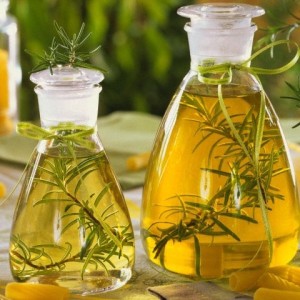
Preparation Oil Rosemary Mediterranean
- Let's start with choosing the right bottle.
- Wash and dry a bottle to use as a display container for our oil with rosemary.
- Cut fresh sprigs of rosemary mediterranean long until the end of the container.
- Washed with water and dried well the sprigs of rosemary to prevent the onset of mold.
- Place rosemary in bottle container.
- Fill the bottle with extra virgin olive oil, up to completely cover the rosemary.
- tightly capped
- Let steep for a place in the dark for at least 3 weeks.
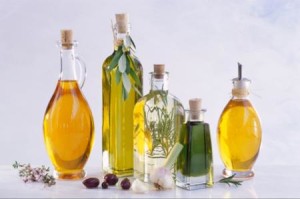
Preparation Oil Rosemary Mediterranean
As promised by the title, within minutes we have prepared excellent flavored oil. The secret to success is enclosed in a few words: Use of good extra virgin olive oil.
In Pizzeria, Oil Rosemary is widely used as a dressing on pizza or on all types of bruschetta.
In the kitchen It is great when used as a sauce for grilled meats and it is exceptional as a condiment on any salad.
I spent a whole day visiting Oleificio Fiobo you find by clicking here, to observe the fantastic world of the production of extra virgin olive oil. This is the result:

